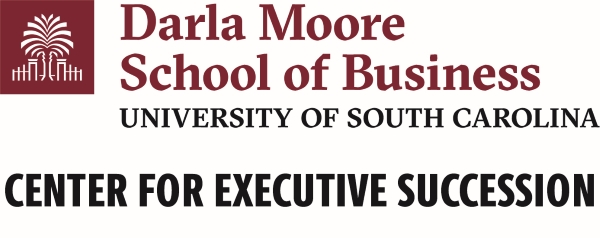Document Type
Report
Abstract
Mergers & acquisitions (M&A) are common means for businesses to increase the scale and scope of their operations. However, research and practice suggest that a large percentage of acquisitions fail to meet their financial targets (Haleblian, Devers, McNamara, Carpenter, & Davison, 2009). While our understanding of when acquisitions are likely to succeed has improved, the lack of insider information has left researchers and practitioners with little insight into how to effectively navigate the most challenging processes in mergers – namely, assuaging potential human efficiency losses as members of the acquired firm lose the brand, leadership, policies, and practices that they built their careers on. Firms are readily equipped to evaluate the expected return on investment in an acquisition, but the human costs of mergers seem to be the more pernicious obstacles to success. Thus, picking the right deal is only half the battle. Effectively integrating the target firm is an entirely different challenge. Indeed, experienced financial executives and human resources officials agree that the integration phase and ‘people issues’ are where many acquisitions fail (Alloca, 2016; Marks & Mirvis, 2011). These practitioners suggest that retaining talent while aligning the vision, incentive structures, and cultures of two firms are the largest obstacles to success. The Human Resources function is charged with communicating and aligning the goals of otherwise disparate organizations. However, research suggests that senior HR officials and Chief Human Resources Officers (CHROs) are rarely involved in pre-integration planning despite evidence that their early involvement significantly impacts acquisition performance (Marshall, 2002). The aim of this paper, therefore, is to gain a better understanding of how firms can most effectively navigate people related issues during an acquisition and provide knowledge on how human resource practitioners can best influence the acquisition process. Nonetheless, because firm integration is not publicly discussed, academics and practitioners have lacked the ability to accumulate knowledge on how firms can successfully integrate a target firm. In order to get insight into the role that HR and the CHRO can play in the M&A process, we interviewed eight Chief Human Resources Officers (CHROs) and three HR acquisition team members from Fortune 500 firms that had executed large acquisitions over the previous 3 years. The insights in this paper come from their collective experience with over 200 acquisitions in industries ranging from biomedical, to technology, and consumer goods industries. In these interviews we sought to identify two general areas of interest. First, we asked each individual to think about the most successful and least successful acquisitions of which they had been a part of and followed up with questions to understand the process that led to the success/failure. The point of this part of the interview was to see if themes emerged that might differentiate successful from failed acquisitions. Second, we asked a series of questions about their perceptions about HR’s role in different phases of the acquisition process. The interview protocol used is provided in appendix A. In this report we will attempt to summarize the results of these interviews. The aim of this synopsis is to share the wisdom that we collected and hopefully provide businesses with the tools they need to extract more value from their endeavors.
Publication Date
2019
Disciplines
Business
Copyright
© 2019, University of South Carolina
Publication Info
2019.


